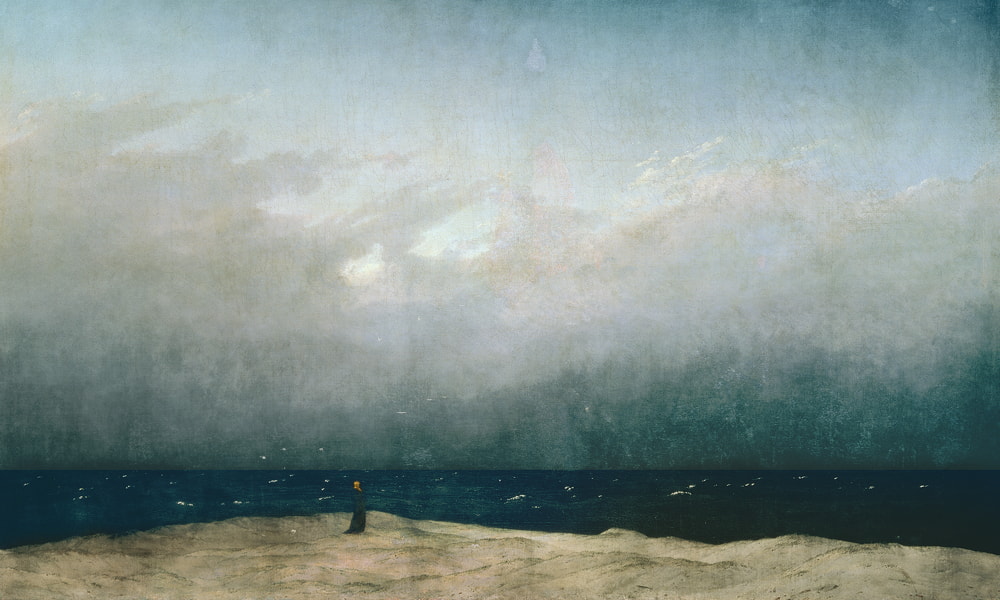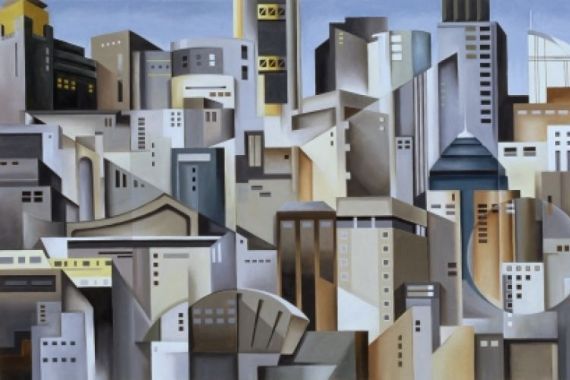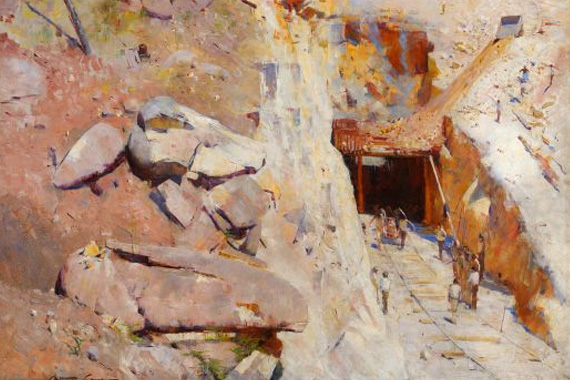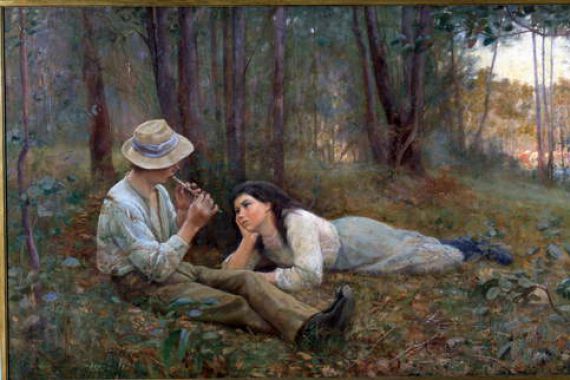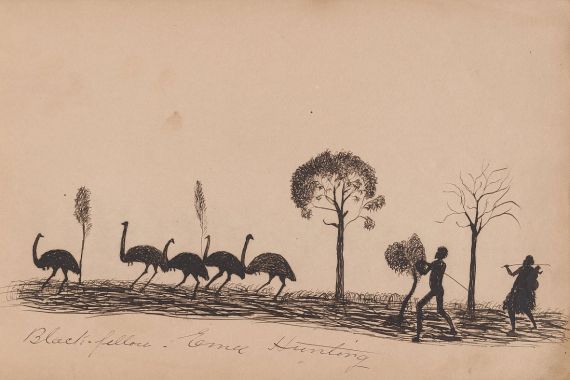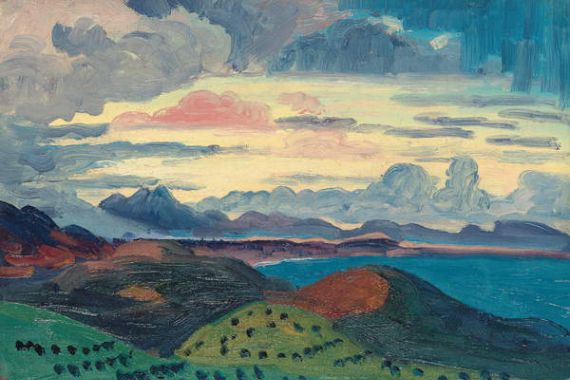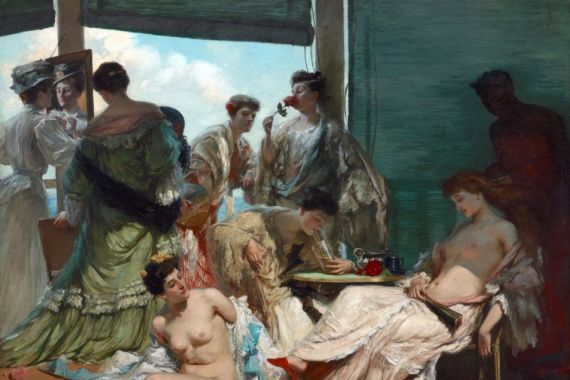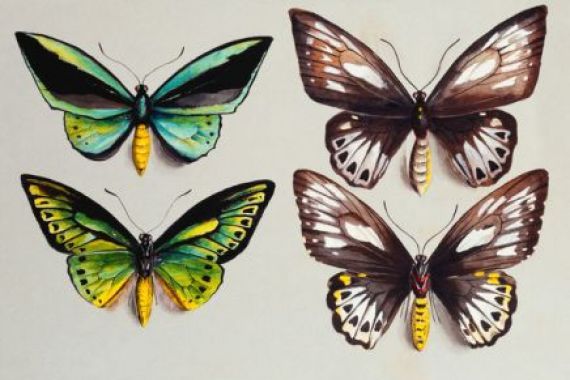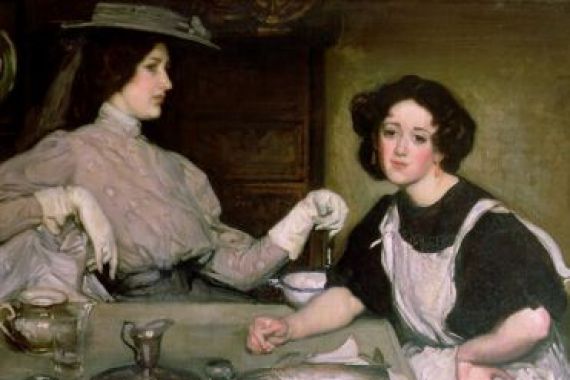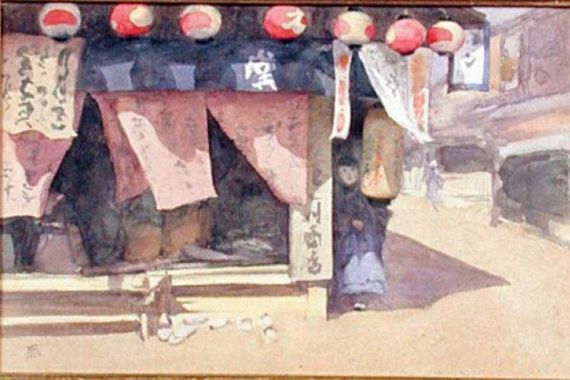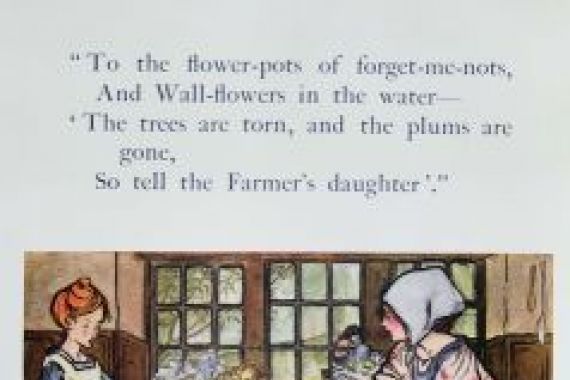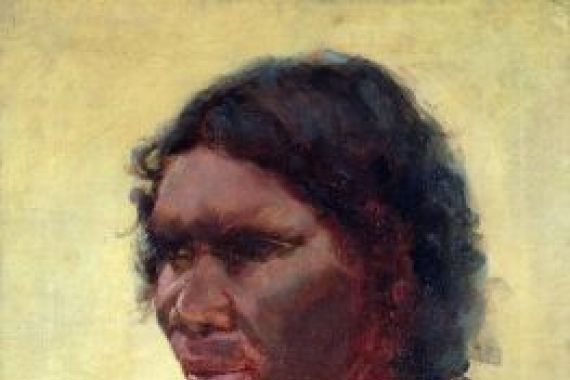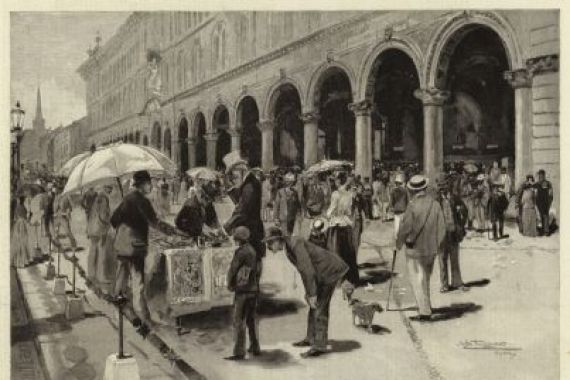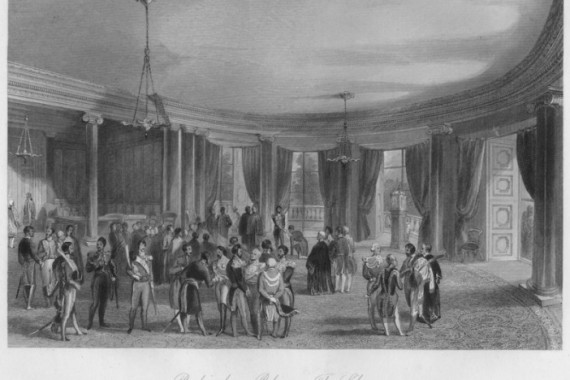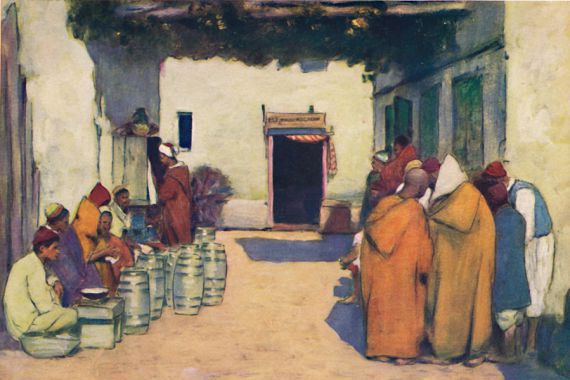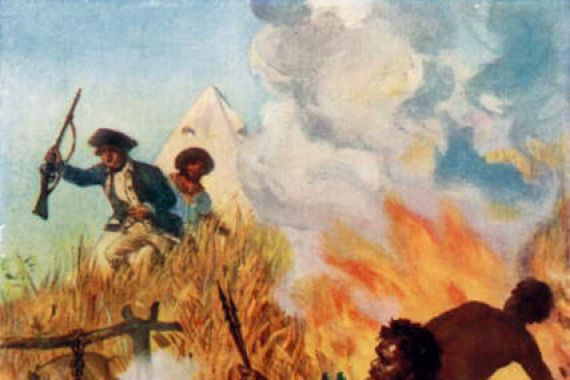A sunset that bathes the sky in a flaming orange-red, shrouding the land in mysterious light - this is how "Fire's On" by Arthur Streeton, one of Australia's most famous paintings, shines. With a few decisive brushstrokes, Streeton captures not only the heat and vastness of the outback, but also the feeling of a nation on the move. In this painting, the force of nature and human drive merge, as if the landscape itself breathes the rhythm of Australian history. Here, where the light burns differently than anywhere else in the world, the history of Australian painting begins: it is characterised by the search for identity, by the confrontation with a harsh, often unruly nature and by the longing to make the invisible visible.
Australia's art history is a kaleidoscope of colours, light and stories that extends far beyond the famous eucalyptus forests and the endless outback. Long before European brushstrokes touched the land, the Aboriginal Peoples of Australia used ochre, charcoal and natural pigments to tell their Dreamtime stories on bark, rock and later on canvas. These ancient pictorial worlds are not mere illustrations, but living maps, spiritual signposts and evidence of a deep connection with the land. Even today, they inspire contemporary artists such as Emily Kame Kngwarreye, whose abstract, vibrant paintings carry the legacy of the ancestors into the present and cause a stir at international exhibitions.
A new chapter began with the arrival of European settlers: painting became a mirror of social upheaval. While the early colonial painters such as John Glover tamed the landscape in soft watercolours in an almost European manner, artists of the so-called Heidelberg School - including Tom Roberts and Frederick McCubbin - ventured out into the glistening light of nature. They painted in the open air, inspired by the intensity of the colours and the shimmering light, and created works that authentically captured the Australian attitude to life for the first time. Later, in the 20th century, artists such as Sidney Nolan experimented with expressive forms and bold colours to retell myths such as the story of the outlaw Ned Kelly. Photography, masterfully utilised by Max Dupain, captured Sydney's urban life and beaches in iconic black and white images, while printmakers such as Margaret Preston developed a distinctive style with her modern woodcuts, often inspired by Aboriginal art.
Australia's art is an adventure that oscillates between tradition and innovation, between light and shadow, between dreamtime and the present. It invites you to see the country with new eyes - be it in the luminous dots of an Aboriginal dot painting, in the vibrant watercolour of a Streeton or in the cool clarity of a Dupain photograph. Those who embark on this journey will not only discover the diversity of a continent, but also the power of art to tell stories that reach far beyond canvas and paper.
A sunset that bathes the sky in a flaming orange-red, shrouding the land in mysterious light - this is how "Fire's On" by Arthur Streeton, one of Australia's most famous paintings, shines. With a few decisive brushstrokes, Streeton captures not only the heat and vastness of the outback, but also the feeling of a nation on the move. In this painting, the force of nature and human drive merge, as if the landscape itself breathes the rhythm of Australian history. Here, where the light burns differently than anywhere else in the world, the history of Australian painting begins: it is characterised by the search for identity, by the confrontation with a harsh, often unruly nature and by the longing to make the invisible visible.
Australia's art history is a kaleidoscope of colours, light and stories that extends far beyond the famous eucalyptus forests and the endless outback. Long before European brushstrokes touched the land, the Aboriginal Peoples of Australia used ochre, charcoal and natural pigments to tell their Dreamtime stories on bark, rock and later on canvas. These ancient pictorial worlds are not mere illustrations, but living maps, spiritual signposts and evidence of a deep connection with the land. Even today, they inspire contemporary artists such as Emily Kame Kngwarreye, whose abstract, vibrant paintings carry the legacy of the ancestors into the present and cause a stir at international exhibitions.
A new chapter began with the arrival of European settlers: painting became a mirror of social upheaval. While the early colonial painters such as John Glover tamed the landscape in soft watercolours in an almost European manner, artists of the so-called Heidelberg School - including Tom Roberts and Frederick McCubbin - ventured out into the glistening light of nature. They painted in the open air, inspired by the intensity of the colours and the shimmering light, and created works that authentically captured the Australian attitude to life for the first time. Later, in the 20th century, artists such as Sidney Nolan experimented with expressive forms and bold colours to retell myths such as the story of the outlaw Ned Kelly. Photography, masterfully utilised by Max Dupain, captured Sydney's urban life and beaches in iconic black and white images, while printmakers such as Margaret Preston developed a distinctive style with her modern woodcuts, often inspired by Aboriginal art.
Australia's art is an adventure that oscillates between tradition and innovation, between light and shadow, between dreamtime and the present. It invites you to see the country with new eyes - be it in the luminous dots of an Aboriginal dot painting, in the vibrant watercolour of a Streeton or in the cool clarity of a Dupain photograph. Those who embark on this journey will not only discover the diversity of a continent, but also the power of art to tell stories that reach far beyond canvas and paper.
×




